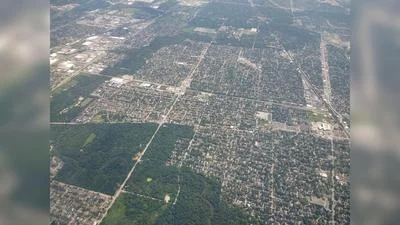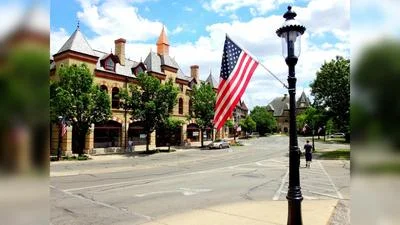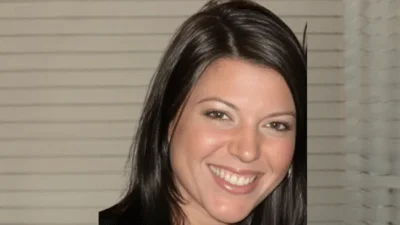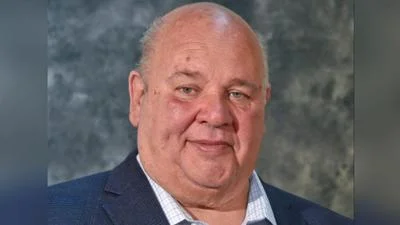A gun found near the body of a man fatally shot five years ago by a Cicero police officer was supposed to have been destroyed by Chicago police eight years earlier after it was turned over to them through a buyback program, according to the Better Government Association (BGA).
The Smith & Wesson .38 caliber revolver was not destroyed, as Judge William Steward Boyd believed it would be when he handed it over in 2004, and instead was discovered near Latin Counts gang member Cesar A. Munive, who was shot and killed in 2012 by then-Cicero Police Officer Don Garrity.
The case could cost Cicero $3.5 million in a settlement with Munive’s family.
“…Boyd expected the weapon to be inventoried and destroyed like thousands of others over the years,” the BGA’s Casey Toner wrote. “He was wrong. Instead, the gun mysteriously turned up eight years later next to the body of a young man shot to death by a Cicero police officer. The cop – with a history of discipline problems – is now off the force collecting a disability pension because of post-traumatic stress from the incident.”
Chicago sponsors buyback programs every year, which allow the department to remove thousands of guns from the streets, along with firearms seized during arrests. A 2013 audit from Chicago’s inspector general revealed that the department collected more than 23,000 guns between 2006 and 2012 through buyback programs, according to the BGA report, and gun confiscation this year has already hit 5,000.
“I’m doing the right thing and in the process, someone didn’t do what they were supposed to do,” Boyd said in an interview with the BGA. “That calls into question the process — what’s happening after you turn these weapons in?”
Guns collected through the buyback program are meant to be destroyed, but the gun found next to Munive was the same gun Boyd had bough for his father in 1977 and relinquished after his father's death in an effort to keep it off the streets.
Munive was shot in the back and died after the bullet pierced his lung. The shooting occurred as Garrity and another officer responded to a call about a gang fight in Cicero. Garrity saw Munive riding his bicycle away from the scene and chased him on foot, the BGA said, based on Cicero police reports of the incident. The police investigation concluded that Munive was pointing a gun at the windshield of another squad car, driven by Officer Dominic Schullo, at the time of the shooting. Schullo backed Garrity’s version of events after the shooting occurred.
State police did not request a trace on the gun for nearly two years after the shooting. The trace revealed that Boyd had bought the gun, but Boyd told the BGA that he was never contacted by police following that discovery. It was not until Munive’s family hired an attorney to sue Cicero for his death that attorneys and private investigators from both sides contacted Boyd, who informed them that, the last he knew, law enforcement was in possession of the gun.
“We are opening an internal affairs investigation today to trace this gun, verify that it was taken into police custody during a turn in and investigate how it possibly ended up back on the street,” Chicago Police spokesman Anthony Guglielmi said.
Prior to his hiring at Cicero, Garrity resigned from a position with the Berwyn Police Department after he was the subject of a high-speed chase, the BGA reports. Cicero told the association that Garrity did not include that information when applying for his position.
Following the shooting, Garrity was promoted to detective before leaving the force due to post traumatic stress disorder. He currently receives disability payments of $55,000.






 Alerts Sign-up
Alerts Sign-up